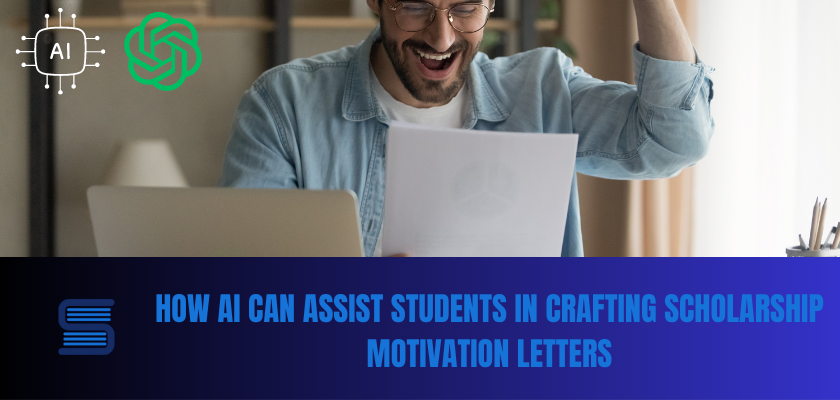In today’s digital age, students have access to a wide array of tools and resources to enhance their academic journey. One such resource is ChatGPT, a powerful AI language model that can be a valuable ally in helping students write compelling motivation letters for scholarships. In this blog post, we will explore the ways in which ChatGPT can assist students in creating persuasive motivation letters that capture the attention of scholarship committees.
- Understanding scholarship requirements: ChatGPT can help students gain a clear understanding of the specific requirements and guidelines of each scholarship. By providing details about the scholarship, ChatGPT can guide students in identifying the key elements that should be included in their motivation letters. This ensures that students address the scholarship’s objectives and demonstrate their suitability for it.
- Brainstorming ideas: One of the challenges students face is generating ideas and structuring their motivation letters effectively. ChatGPT can serve as a brainstorming partner, assisting students in organizing their thoughts, highlighting their accomplishments, and exploring their aspirations. By discussing academic achievements, extracurricular activities, and personal experiences with ChatGPT, students can develop a comprehensive outline for their motivation letters.
- Crafting a well-structured letter: A well-structured motivation letter is essential for conveying a student’s passion and goals. ChatGPT can offer guidance on how to organize the letter, including creating a compelling introduction, developing coherent body paragraphs, and crafting a strong conclusion. With ChatGPT’s assistance, students can ensure that their motivation letters have a logical flow, making them more engaging for scholarship committees.
- Showcasing motivation and passion: Scholarship committees seek applicants who demonstrate genuine enthusiasm and a clear vision for their future. ChatGPT can help students articulate their motivation and passion effectively. By discussing their academic interests, research experiences, and how the scholarship aligns with their goals, students can create a convincing narrative that showcases their dedication and drive.
- Proofreading and editing: After drafting the motivation letter, it is crucial to review and refine it meticulously. ChatGPT can assist students by suggesting improvements in sentence structure, grammar, and vocabulary usage. Although human proofreading is still recommended, ChatGPT can serve as a useful tool for preliminary feedback, saving students time and effort.
In conclusion, Writing a compelling motivational letter is an essential step in securing a scholarship. ChatGPT can be a valuable asset to students, providing guidance in understanding scholarship requirements, brainstorming ideas, structuring the letter, showcasing motivation and passion, and offering assistance in proofreading and editing. By leveraging the capabilities of AI, students can harness the power of ChatGPT to enhance their motivation letters and increase their chances of receiving scholarships that align with their aspirations and academic endeavors.
To experience the capabilities of ChatGPT, please click on the link provided below.

